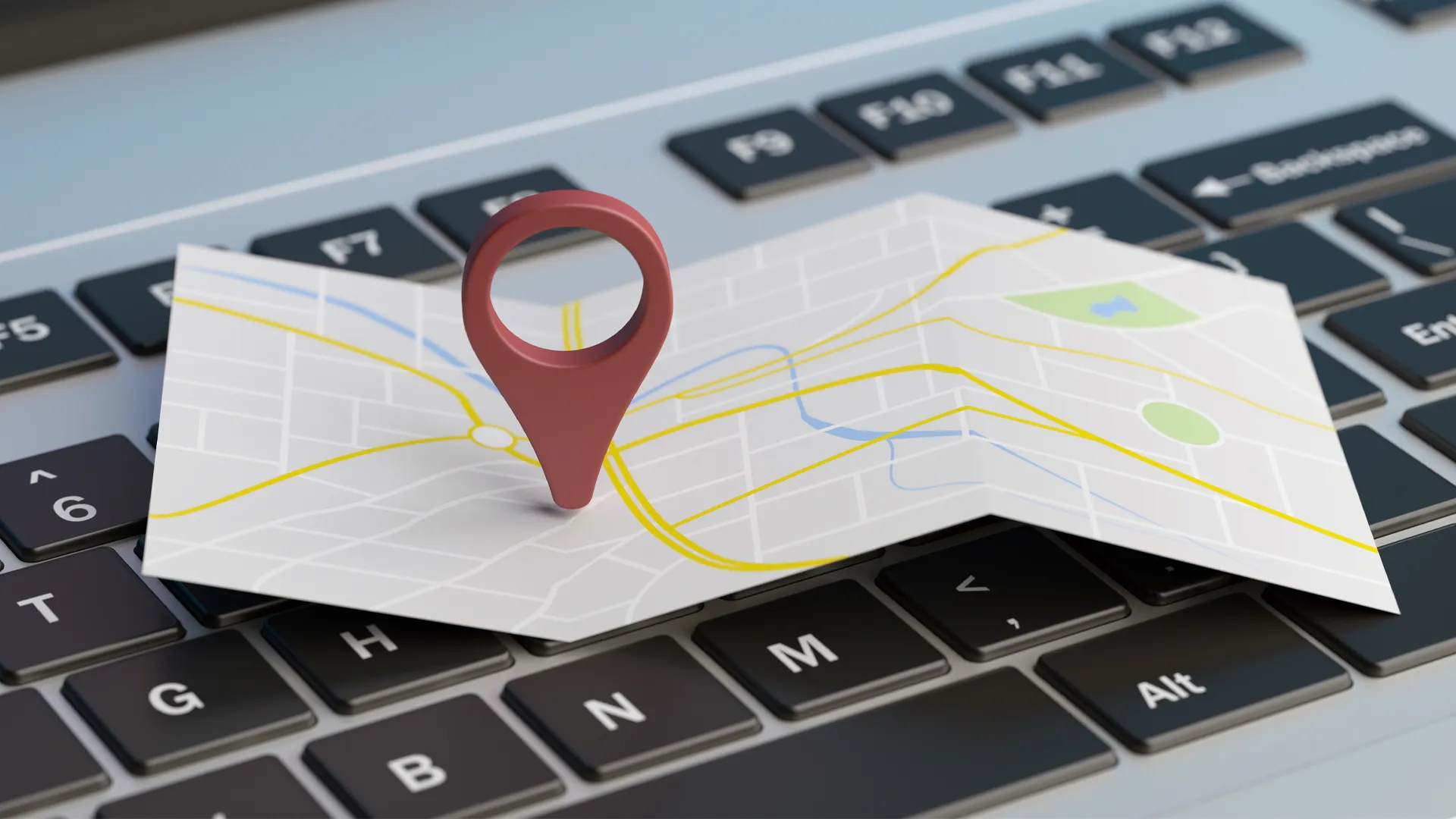Written by
From a financial perspective, location intelligence presents opportunities in several areas. With the end of the pandemic, foot traffic patterns and frequented places are changing dramatically, making it vital to understand the needs of the public. New consumer behaviors mean companies need to rethink the products they create, the services they provide, how they are hiring, outsourcing and even the customers they target.
Entrepreneurs need to be prepared to serve the “post-pandemic” consumers (who simply yearn to “get out of the house”) anytime, wherever they are. In this scenario, where the line between the digital and physical world continues to narrow, surveys reveal that the vast majority of executives already consider geospatial data essential to achieve results - and the expectation is that the picture will evolve even more in the coming years.
Undoubtedly, the inexorable reality is that, armed with “real world data”, companies can ensure they have the right products in the specific places where particular buyers want to buy them. In other words, by incorporating “foot traffic” data into their models, corporations can better identify, capitalize on and predict trends such as the types of stores visited, the audience in question and peak times - thus improving efficiency and reducing waste. Even in the retail market, location technology serves as a powerful tool for retailers to finally be able to stay ahead of competitors coming from e-commerce and counterattack, enhancing their own offers in the digital environment.
The number of possibilities for the application of geolocation only increases, reaching the real estate market. Professionals are increasingly turning to location intelligence to make the right decisions about where to invest, taking into account movement patterns and changes in neighborhood landscapes, among other factors. Actually, a study revealed that 92% of commercial real estate executives expect their spending on this type of technology to increase, over the next two years, and more than half admit they are using outdated or static tools that they consider inefficient or unable to produce the same results.
For companies looking to maximize the ROI of their ad spend, accurate and timely insights based on foot traffic data can help marketers understand the entire customer journey, shedding light on the interaction with products, and more generally speaking, with the world around. When brands can accurately quantify the impact of their advertising on online and offline behaviors, they can optimize strategies in real-time to maximize return on investment.
Looking to 2022 and beyond, companies will need to expand in-house data science teams and integrate more advanced third-party solutions. Geospatial analysis and visualization tools that allow users to drag and drop robust datasets, display insights and produce powerfull visualizations will be indispensable at a time when it becomes almost irresponsible not to unlock the enormous potential of geolocation to drive better decision making.
As in any disruptive situation, location data, once seen as a “competitive advantage”, will very soon be a “competitive necessity” and companies that don't adapt will be left behind.

